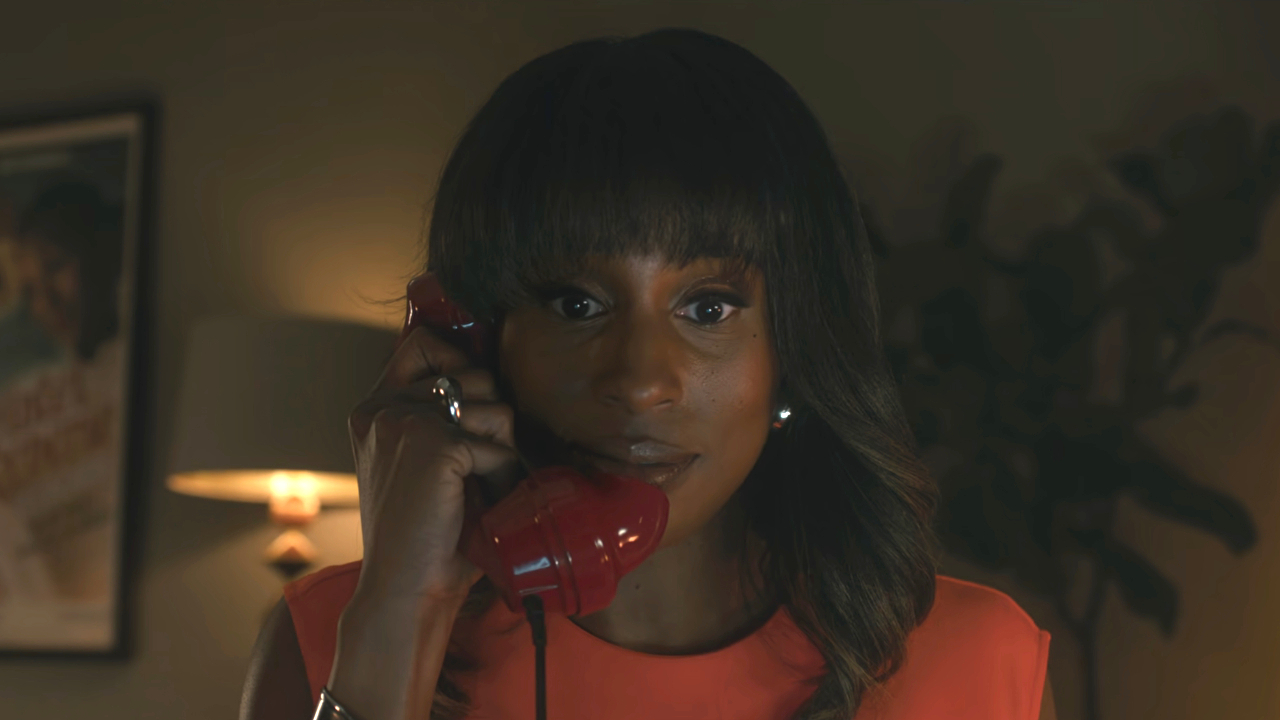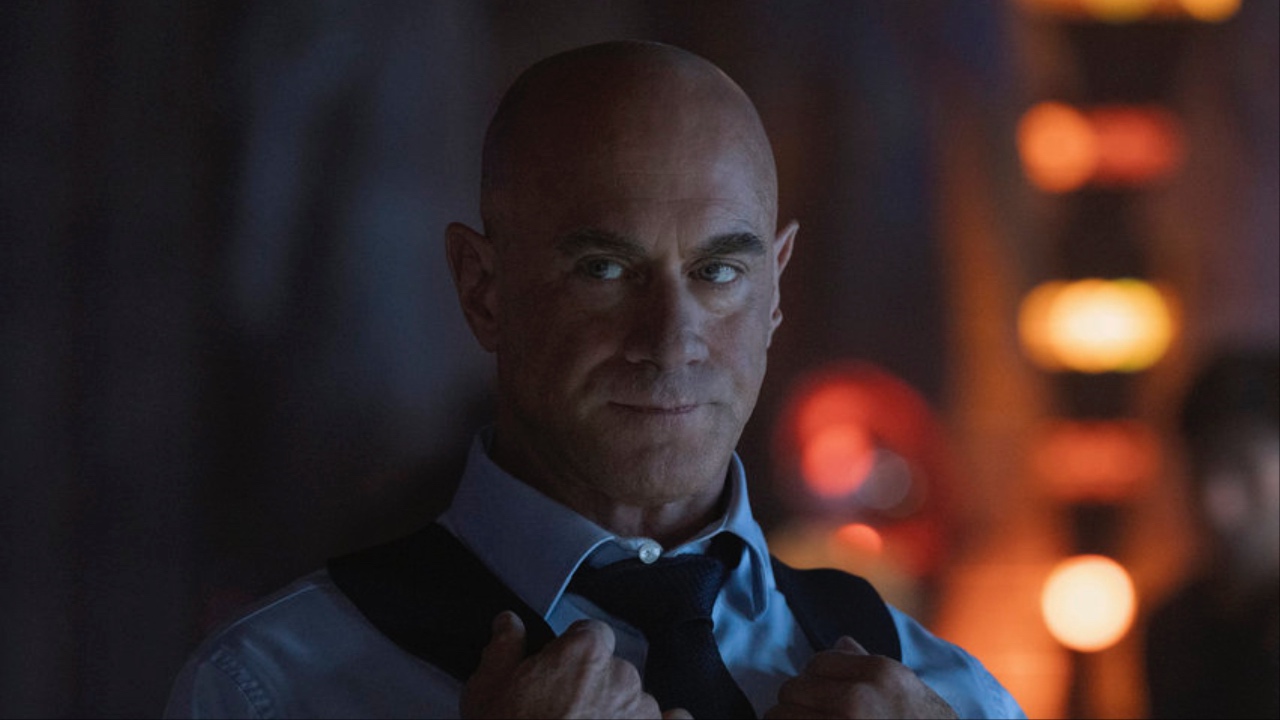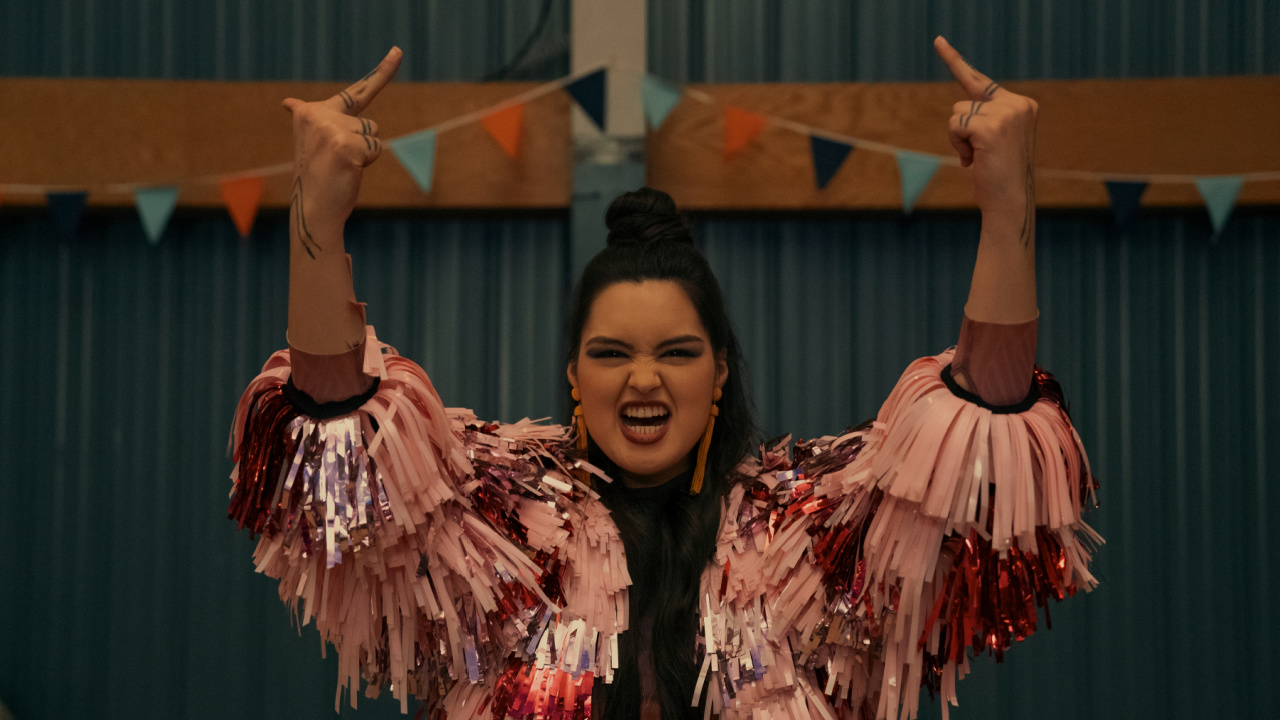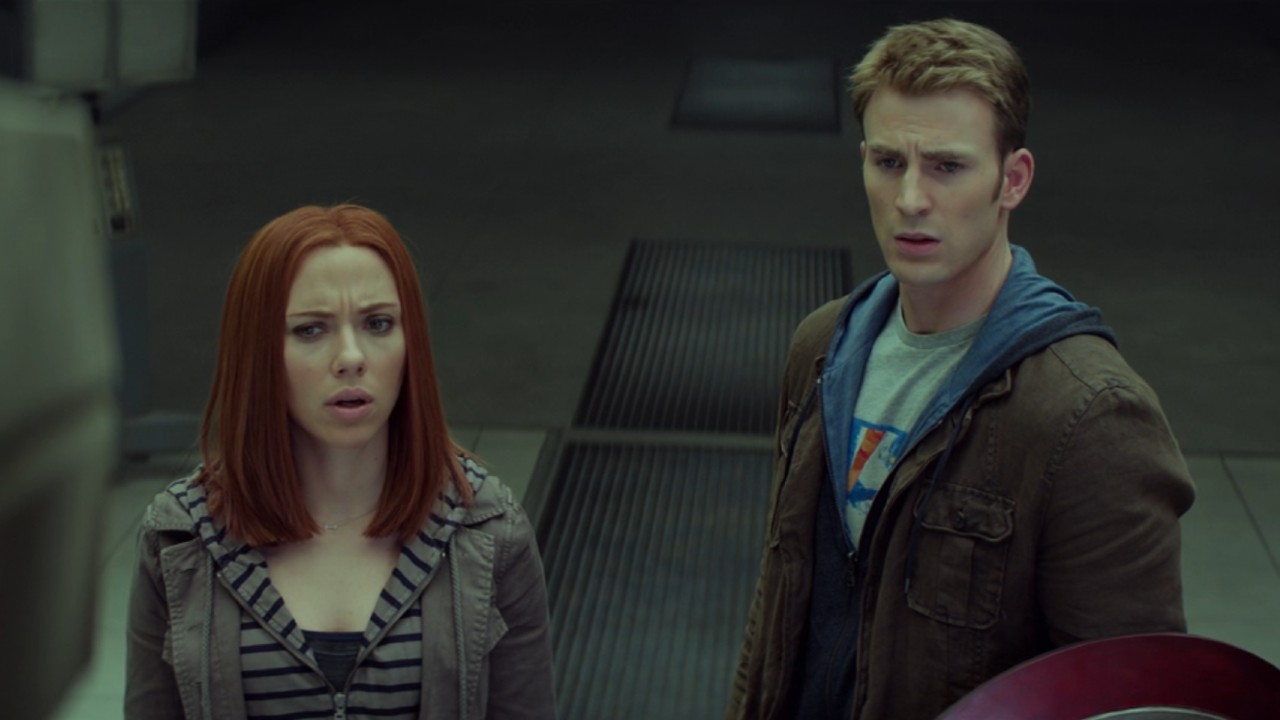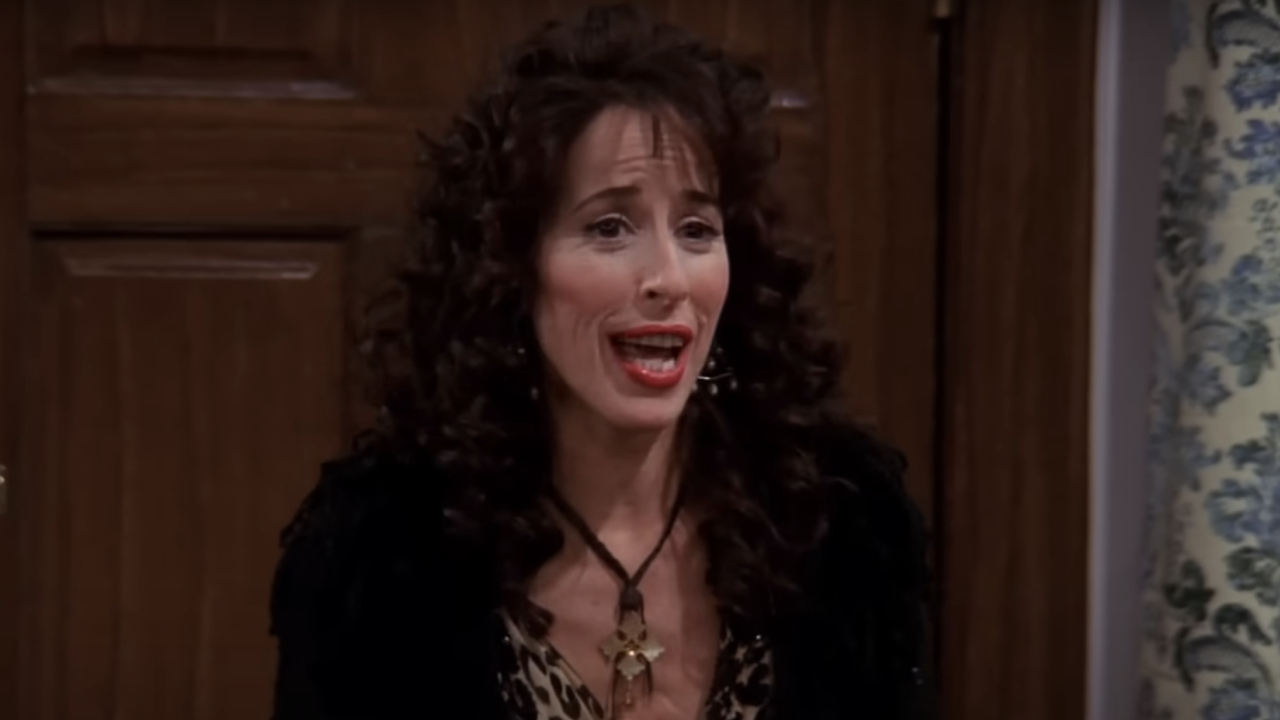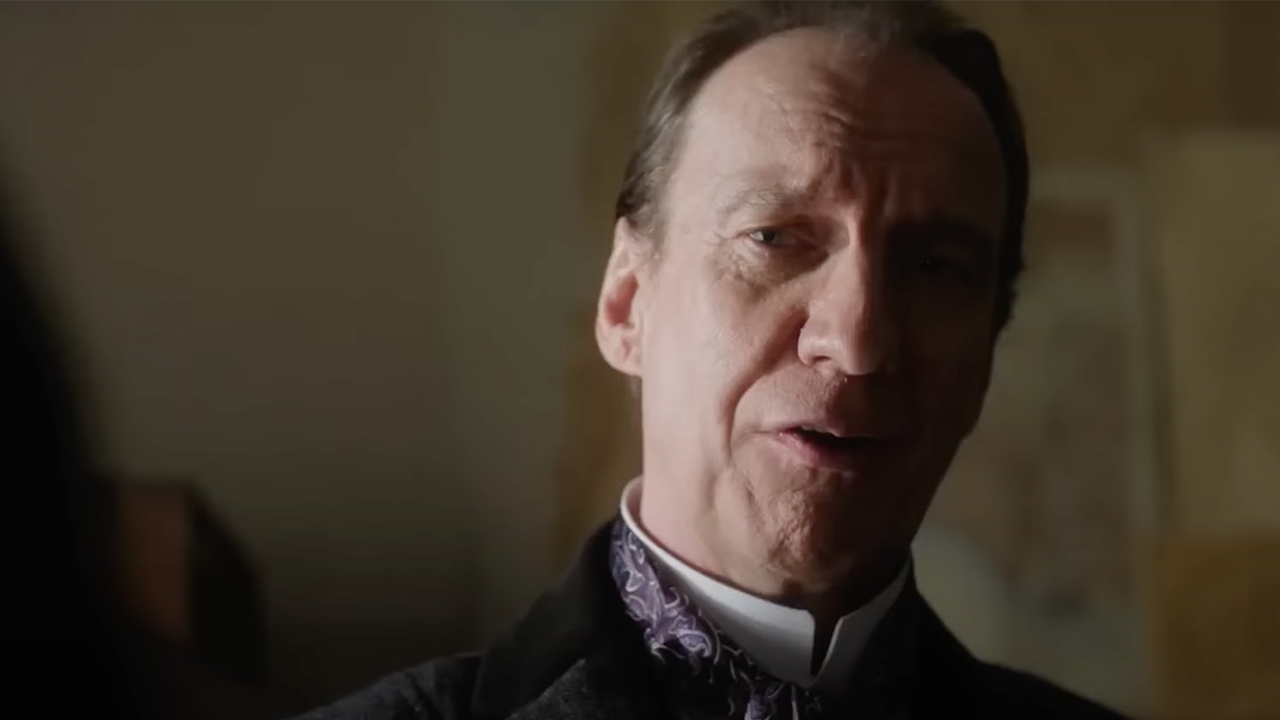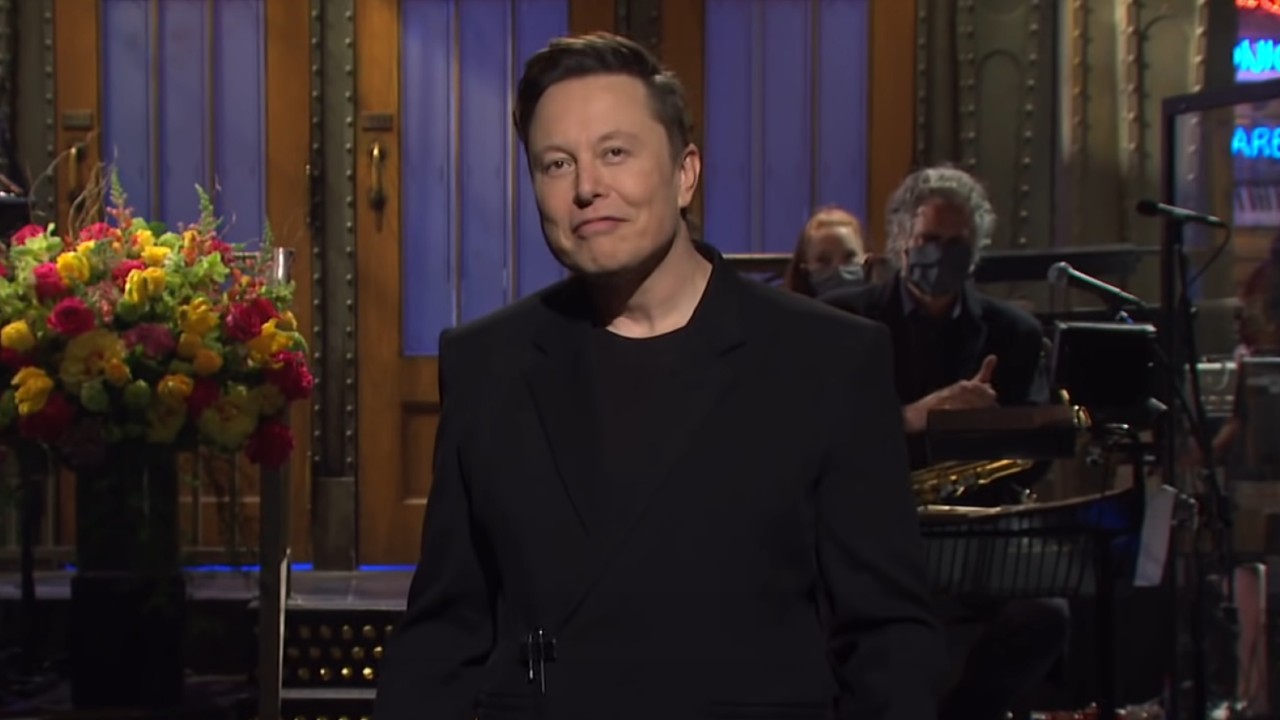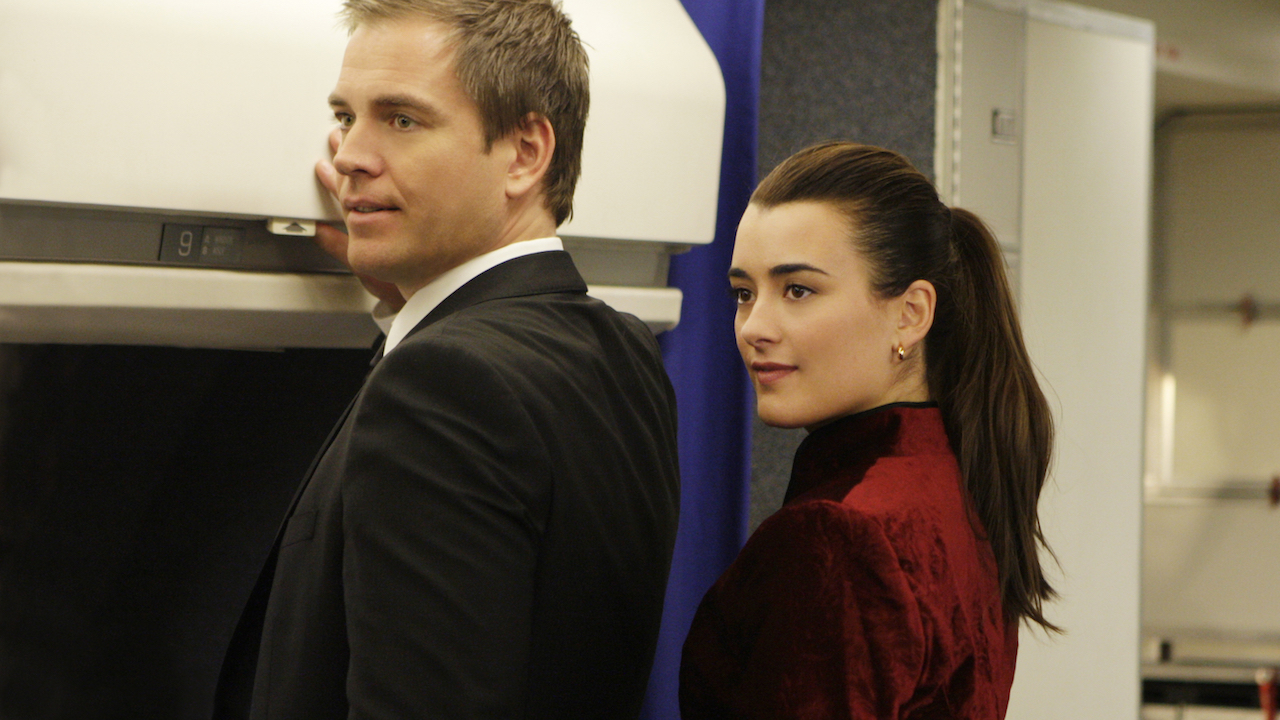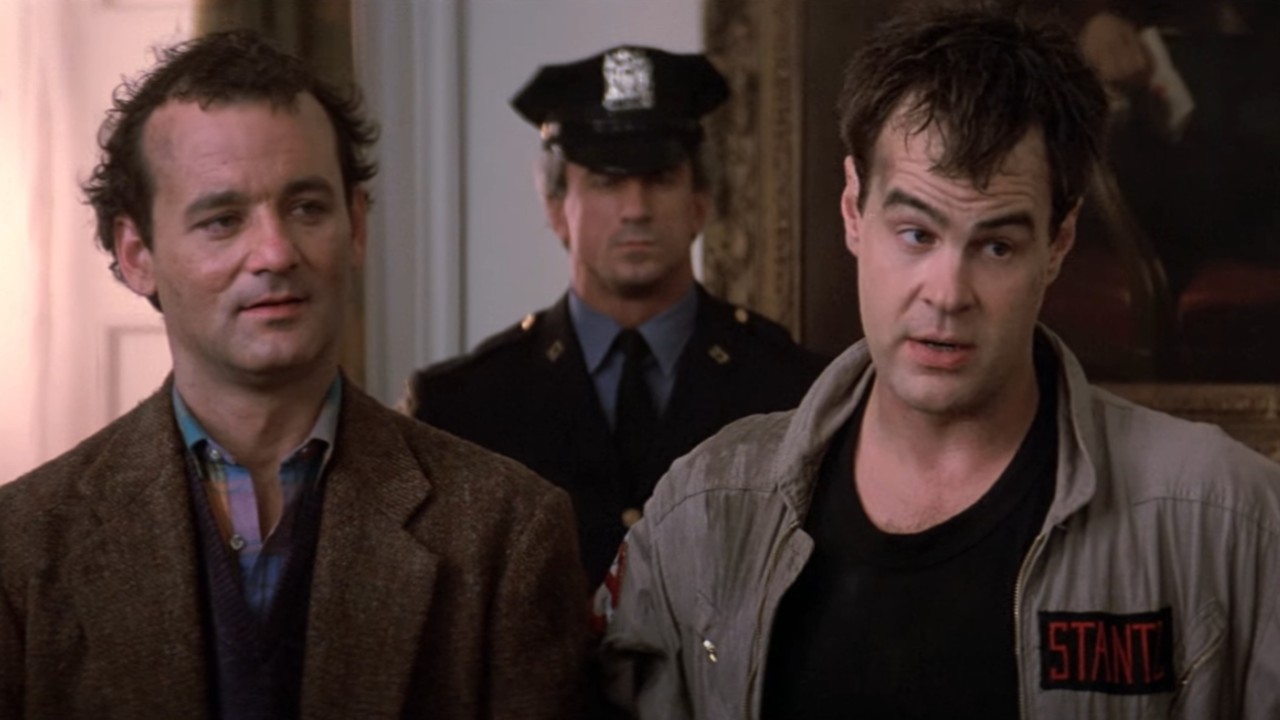As Halle Berry’s Catwoman Turns 20, The Director Opens Up About The Broken Script, The Vicious Reviews, And Why Batman Wasn’t Part Of The Movie
A lot went wrong on Catwoman, but we're still talking about it to this day.
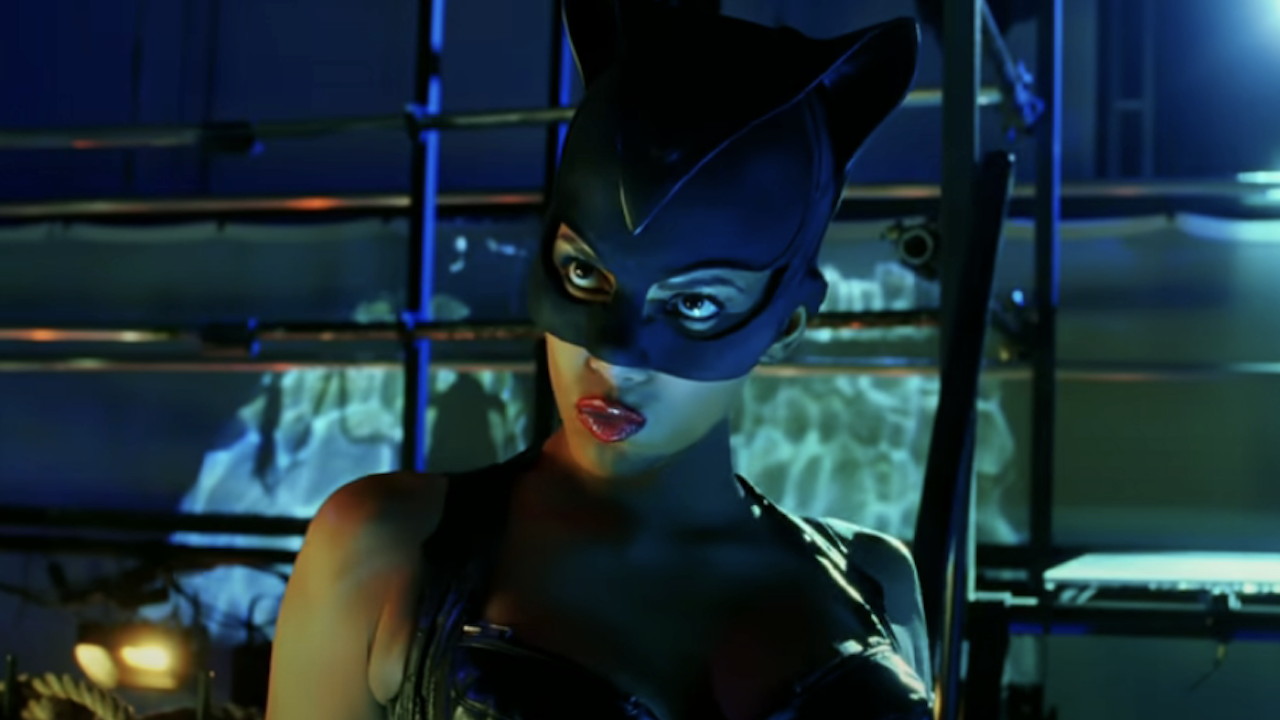
Superhero movies played a different game in 2004. Before the Marvel Cinematic Universe kicked off with 2008’s Iron Man, comic book adaptations operated on a different frontier, where studios gambled on one-of properties from Marvel and DC, licensing characters like The Punisher, Blade, The X-Men and Catwoman for standalone movies or the start of possible franchises. Some of these ended up becoming the best comic book movies ever made. Others were forgotten, or resurrected as part of Deadpool and Wolverine, having been relegated to The Void of the MCU.
Comic book adaptations simply played by alternate rules back then, something that becomes clear when you revisit an effort to either jog one’s memory, or even celebrate an anniversary. On July 19, 2004, Catwoman strolled into theaters, led by Oscar winner Halle Berry (Monster’s Ball) and carrying the legacy of the DC universe. Similar to movies like Venom or even Joker – which ironically won Joaquin Phoenix his Oscar – Catwoman centered around a popular villain from comic-book lore, but avoided having the household-name superhero in the narrative. Berry didn’t even play Selina Kyle, but instead introduced a fresh take on the Catwoman narrative by playing Patience Phillips, an employee at a cosmetics firm who runs afoul of Laurel Hedare (Sharon Stone) and also gains cat-like abilities.
The movie doesn’t work. And it was savaged by critics upon release, earning only 8% on Rotten Tomatoes. Catwoman notoriously earned Worst Picture and Worst Actress at the Razzie Awards, and Berry – a good sport – showed up at the ceremony holding her Oscar. Which is hilarious.
That speech is priceless. When you go back and rewatch Catwoman, though, you get a sense of style and vision that’s lacking from some of the cookie-cutter comic-book adaptations that STILL make it to theaters today. And while I think we’re about to go through a renaissance at both Marvel and DC thanks to studios heads Kevin Feige and James Gunn recalibrating what the superhero genre means, Catwoman serves as a reminder of the obstacles storytellers had to overcome to make the types of comic-book movies we get today.
On the anniversary of Catwoman, director Pitof sat down with CinemaBlend for an exclusive interview to discuss the hardships, the movie’s legacy, and Halle Berry’s contributions to this super-villain anomaly.
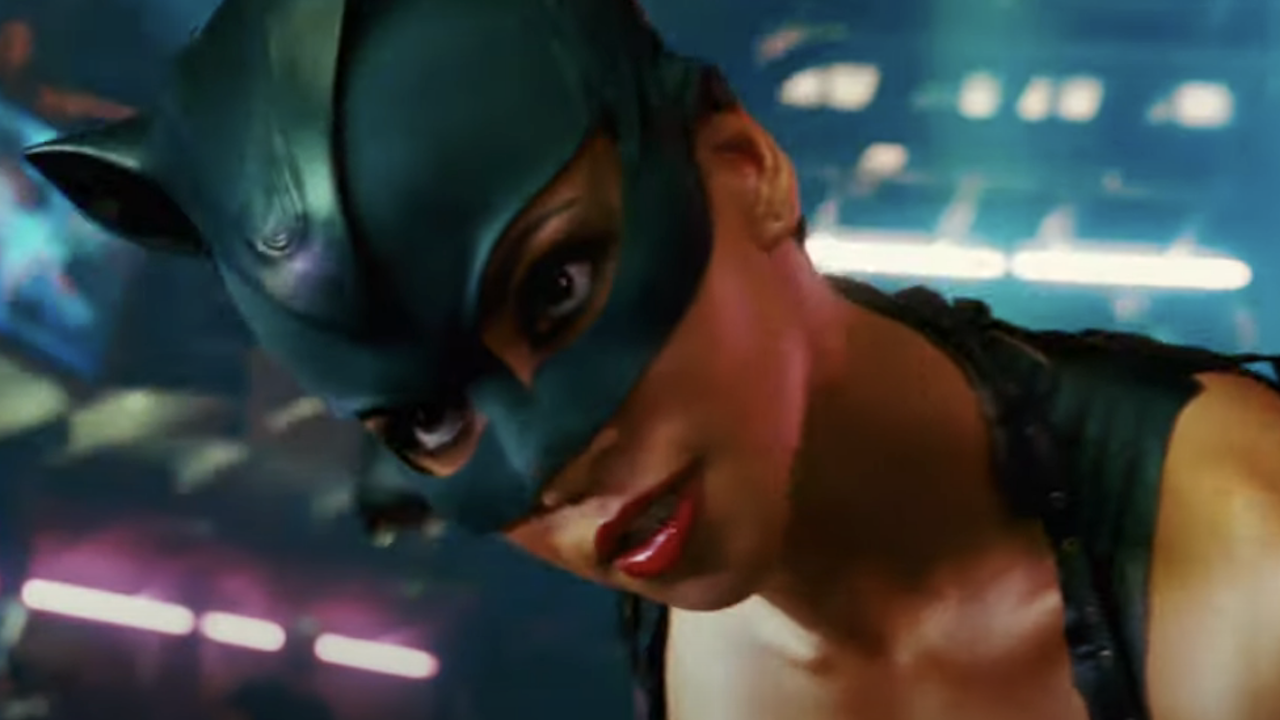
‘The problem of the movie was the script.’
There’s still a significant aspect of the film industry that works against creatives. To this extent: Movies will be given release dates, and filmmakers then have to race to meet those deadlines, come hell or high water. Pitof tells CinemaBlend that this happened on Catwoman, though he thrived under the pressure of having to deliver on time. Although, with that pressure came some ridiculous concessions. As Pitof remembers:
After the shoot, when we put the movie together, it didn't work because so much (had) changed during shooting. The pieces were not really fitting together. We had to rethink completely the whole edit, inverting scenes and adding new scenes. And we had a 10 day reshoot a month before release date! Which is insane! To fix all the little problems the script had. So I never had the option to have a director’s cut. It was more of, ‘Okay, how can we fix it?’
Any director will tell you that trying to fix a broken script in the editing room is damn near impossible. The script is the movie’s foundation. If it’s cracked, the entire house is being built on a broken base. It’s destined to crumble. As Pitof explained to CinemaBlend, Catwoman began shooting with an unfinished script. And if he had more time, he’d have dedicated it to getting the script right. Pitof said:
CINEMABLEND NEWSLETTER
Your Daily Blend of Entertainment News
I would say the problem of the movie was the script. The script, we all know, had been rewritten a thousand times. When we started the movie at the shoot, the script was not finished. We still kept writing the script while editing. So if I had six months (of additional time), I would've put six months before production. Not after!
Though one aspect of the production that did take up a chunk of Pitof’s time was the designing of Halle Berry’s Catwoman suit.
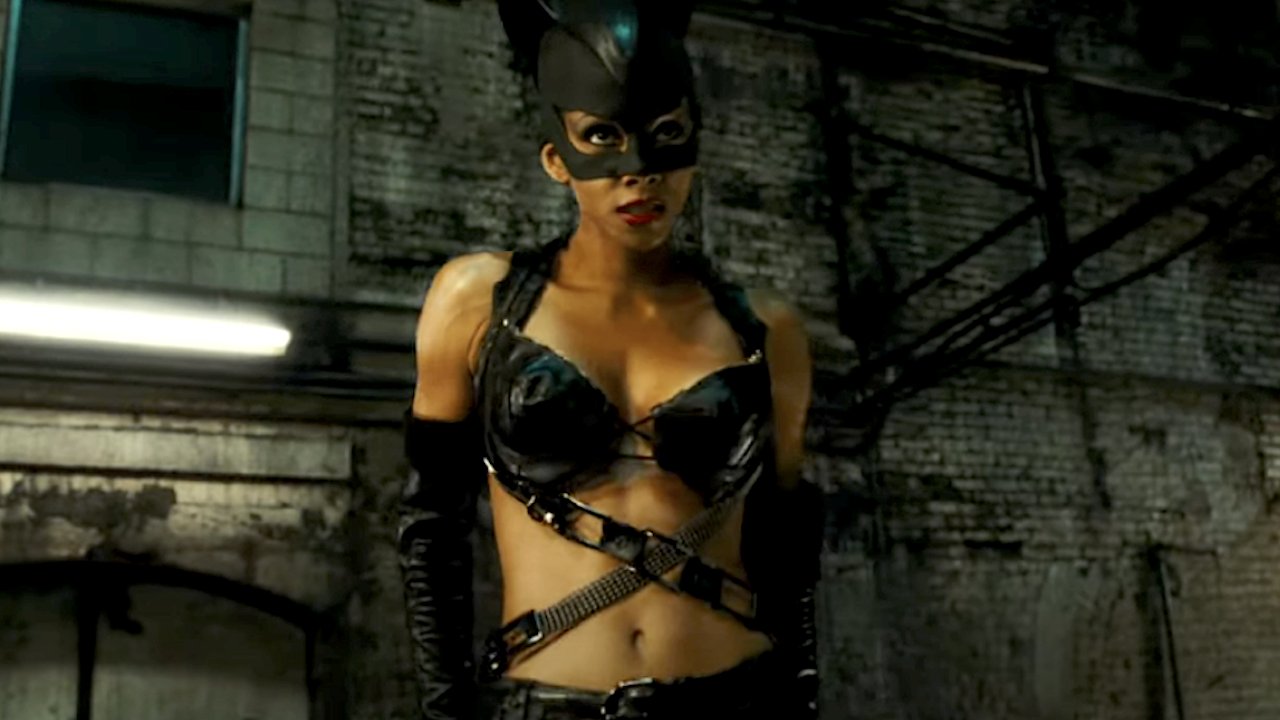
‘I want to see skin.’
If you are going to help your superhero character stand out on screen, you have to get the costume right. Even when we ranked the coolest comic-book costumes on film, we weighed comic accuracy versus practicality and design. And with Catwoman, Pitof was competing against a very famous version of a cat suit that was worn by Michelle Pfeiffer in Tim Burton’s Batman Returns.
Pitof says that his immediate contribution to the design of Halle Berry’s suit was to show as much skin as possible:
The whole thing was to get away from the traditional Catwoman character costume. The first thing that everybody agreed to was a skin. This costume (would) show more skin than the others. That was my first input, when they asked me, ‘How do you see the costume?’ I said, ‘I want to see skin. I want to have this organic feeling of more like an animalistic thing.’ Even though she has leather, it's a mix with leather and skin.
With the costume in place and a cast on board – which included Benjamin Bratt, Lambert Wilson, Frances Conroy and Sharon Stone – Pitof was off to the races, trying to create something new… with no connections to the old.

‘The villain was the cosmetic industry.’
Catwoman deserves credit for being one of the first (if not the actual first) movie to showcase a classic DC villain and not include their main protagonist, in this case, Batman. We’d see a pairing of the Bat and the Cat in Matt Reeves’ The Batman, casting Zoe Kravitz in the role. But when I asked Pitof if they ever had a conversation about including Batman in his movie, even in a cameo role, the director explained:
No, because it was the opening deal. We wanted Catwoman out of Batman's hand. We wanted to start something fresh. There were no other characters from the DC comics to bring, because otherwise you will bring something else. The thing was really to start something fresh and new with Catwoman, and then build new villains. So here, the whole thing was cosmetics. The villain was the cosmetics industry. It was more of a concept than one villain.
Pitof never got to build on Catwoman. And he confirmed that they never had any conversations about a sequel, even during filming. Little did he know, the reception to the movie would have crushed those dreams at the onset.

‘You get punched in the face.’
As mentioned, Catwoman opened to vicious reviews. Roger Ebert notoriously put the film on his Most Hated list, and singled out the director when he wrote:
The director, whose name is Pitof, was probably issued with two names at birth and would be wise to use the other one on his next project.
Harsh. I asked Pitof if he ever wanted to reach out to the critics who ripped his movie to shreds, and he candidly admitted:
Yeah. I would've loved to do that. But you know, when you are in front of such a wall, what can you do? Nothing. I mean, being violent doesn't mean anything. It’s pointless. You get punched in the face, punched in the stomach, and there's nothing you can do besides, you know, be strong.
I’m not saying that Catwoman was ever redeemed. It didn’t help that Halle Berry shit on the movie during her Razzies speech. Though she has come back around to say that if there was one role from her storied career that she wishes that she could come back to decades later, she chooses Catwoman, because she doesn’t think the movie was fairly treated. And Pitof completely agrees, telling CinemaBlend:
It's unfair for her, unfair for the movie, unfair for everyone. Because when you put so much passion into telling something, and then people on your back and give the battle words and all that stuff, which is not deserved, I mean, of course. To me, it's obvious. I agree.
But there’s something to be said that, 20 years later, we are still talking about Catwoman as a contributor to the cultural conversation. Which means the film has maintained a status, and an influence, even as we anticipate whatever upcoming DC projects are coming down the pipeline.

Sean O’Connell is a journalist and CinemaBlend’s Managing Editor. Having been with the site since 2011, Sean interviewed myriad directors, actors and producers, and created ReelBlend, which he proudly cohosts with Jake Hamilton and Kevin McCarthy. And he's the author of RELEASE THE SNYDER CUT, the Spider-Man history book WITH GREAT POWER, and an upcoming book about Bruce Willis.
